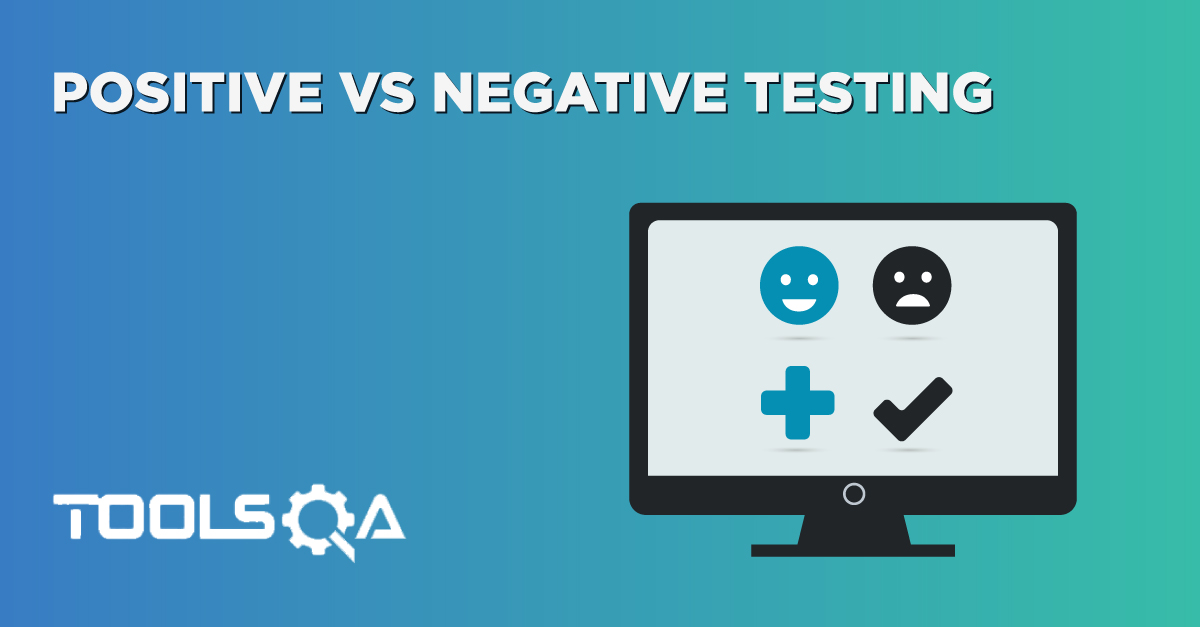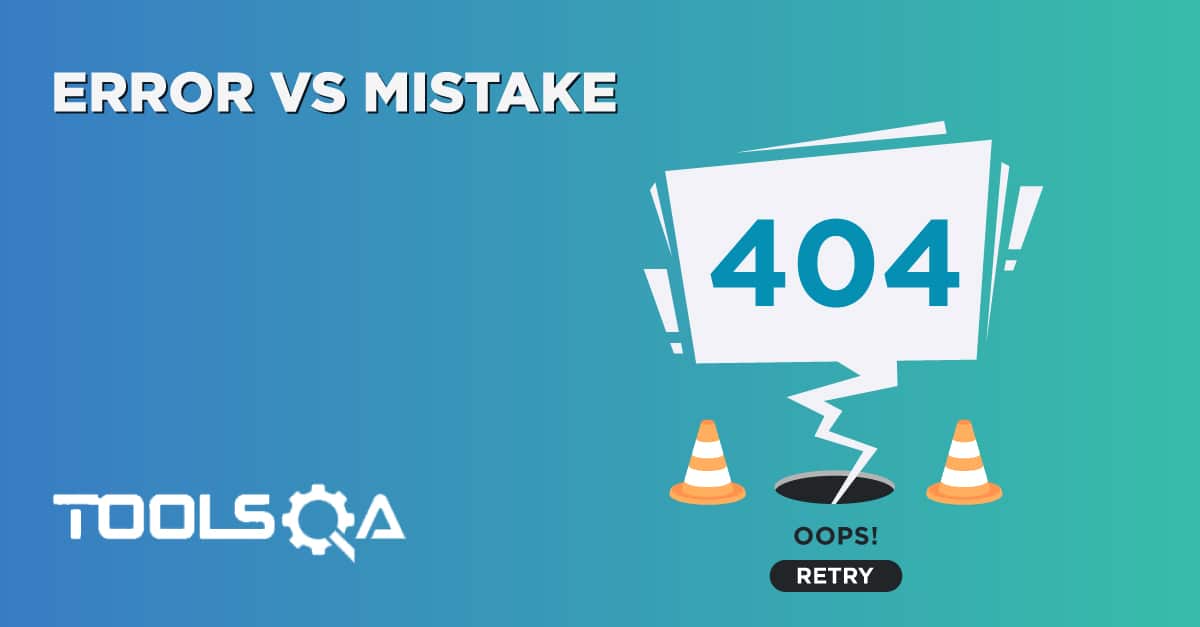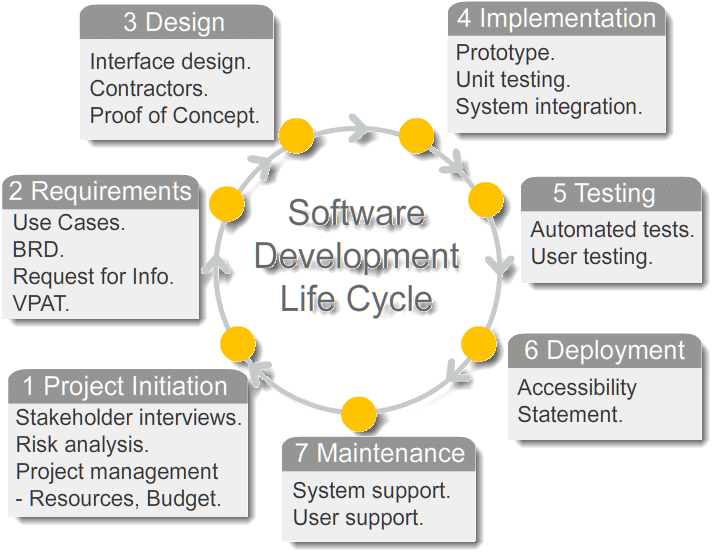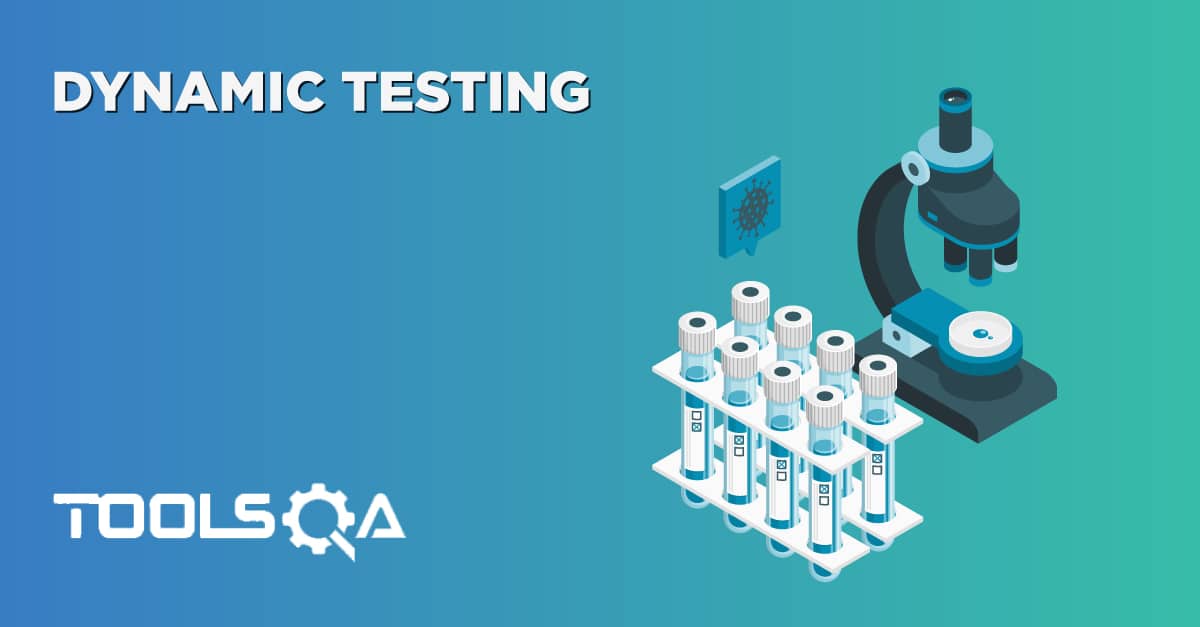In this fast pace world of technology development, software companies are striving not only for a bug-free product but also for an excellent performing product. Thus, in this article, we are going to discuss the two main techniques: Functional and Non Functional testing that covers these two aspects Quality and Performance.
Key points of this article are as follows:
- What is Functional Testing? Along with its significance and example.
- What do you test in Functional Testing and what are its types?
- What is Non-Functional Testing? Along with its significance and example.
- What do you test in Functional Testing and what are its types?
- Difference between Functional and Non-Functional Testing.
What is Functional Testing?
Functional testing is a type of test that is carried out to verify that each feature of the application works according to the requirements given by the client.
It is a type of Black Box Testing where each functionality of the application is tested by providing a given set of inputs to know the actual behavior of the application and then compare it with the expected results according to the given specifications.
Some important facts about Functional Testing:
-
Ensures proper working of all the functionalities of an application: Since each and every function of the application is tested thoroughly at different levels of testing, it ensures that application works as per specifications.
-
Ensures all the requirements are met: Testers ensure that all the requirements are covered in their test cases by using a technique called a Requirement Traceability Matrix. The successful execution of these test cases will ensure that all the requirements have been tested, and they work as expected. Before the release of the application, the client will test the application and give the go-ahead to release the application to production. This phase is called as UAT (User acceptance testing)
-
Produces a defect-free product: Functional Testing involves multiple levels and phases of testing to ensure a defect-free product.
-
Analyze integrating pieces of an application: Applications tend to be weaker in places where different parts come together. In Functional testing, tester identifies the points of integration between two units or modules of the application and then formulate a strategy to inspect those weak points. A functional tester evaluates the individual characteristics of an application.
*Let’s consider an example to explain this approach. You are required to carry out testing for a Website which allows its customers to pay their utility bills. You will open the website, click on the hyperlink and navigate to the bill payment page. You will enter the required details and make a transaction. Your main goal is to check whether the bill payment feature is functionally working correctly or not. We are not bothered about the slowness of application if the number of users is high. We are also not bothered about the security aspects of the application. This similar type of approach is employed in Functional testing, where the tester checks the major functions of the application without bothering how the system is working internally.
What to test?
Functional testing mainly concentrates on:
-
Major functionalities: Testing the main functions of an application by providing the input data and determine the output based on the client’s specifications.
-
Basic usability: It focuses on user-friendly behavior of the system like whether a user can freely navigate through the application without any difficulty. The system shouldn't be complex to understand from the end-user perspective.
-
Error validation: It checks whether suitable error messages are displayed in case of any invalid/wrong input.
What are the types Of Functional Testing?
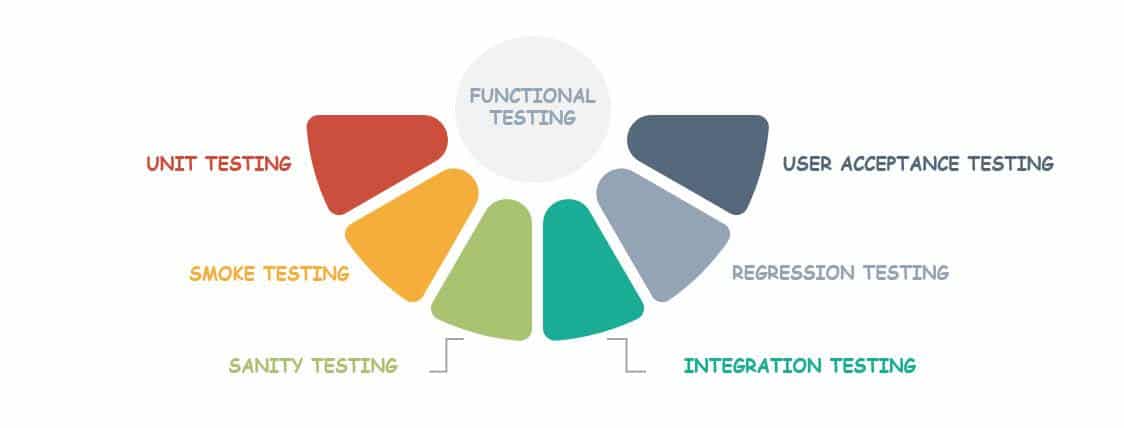
Let us consider different types of Functional testing:
-
Unit Testing: Individually and independently testing of smallest testable parts of an application.
-
Smoke Testing: This testing is performed on the initial software build to check whether the critical functionalities are working fine or not so as to carry out further extensive testing.
-
Sanity Testing: Sanity Testing is performed on a stable software build, which underwent small changes in the code or functionality. The objective is to make sure that the errors have been solved and confirm that there are no more errors/bugs introduced due to the new changes.
-
Integration Testing: The integration testing is performed when two or more functions or components of the software are integrated to form a system. Basically, it checks the correct functioning of the software when the components are merged as a single unit.
-
Regression Testing: Regression Testing is performed when a bug is fixed or new functionality has been introduced to a program. It ensures that existing functionality has not been broken due to the introduction of new changes.
-
User Acceptance Testing: it is a type of software testing where a system is tested for customer's acceptability. The only purpose of this test is to evaluate the compliance of the system with its business requirements and to evaluate if it is acceptable for delivery. It also verifies whether the software can perform specified tasks in real situations.
What is Non-Functional Testing?
Non Functional testing is performed according to the non-functional requirements of the product i.e Accuracy, Security, Stability, Durability, Correctness, etc. The non-functioning tests are carried out according to the requirements defined by the client.
Non Functional testing emphasizes the behavior of the product and not the functionality. Here are some of the important facts about Non-Functional Testing:
- It increases the ease of use, efficiency, maintainability, and portability of the product.
- It helps reducing production risk and the cost associated with non-functional aspects of the product.
- Optimize the way the product is installed, configured, executed, managed and monitored.
- Improve and enhance the knowledge of the behavior of the product and its uses.
Functional testing has already ensured that application can successfully let you pay the bills, but that's not all - We also need :
-
Application Security: The application should ensure the security of Card details and Personal User information.
-
Page loading: The pages should load fast, and should not time out despite several users accessing it at the same time
-
In crash situations, the appropriate recovery of the system should be available.
These scenarios are tested by Non-Functional testing like Security, Performance, Recovery, etc.
What to test?
It should not be forgotten that the inclination and confidence of users with respect to a software product is always affected by non-functional qualities, so always remember that non-functional tests are crucial in their own way.
Some of the important parameters of Non-Functional testing are listed below:
-
Security: Security is one of the most important aspects of Non-Functional Testing. It ensures software systems and applications are free from any threats, risks or vulnerabilities.
-
Usability: In Non-Functional testing, Usability refers to the fact that how easily a user can interact with the system. The feature of an application that allows a user to learn, operate, give inputs and analyze the outputs.
-
Scalability: Non-Functional testing checks the ability of a system to meet the increased demand by expanding its processing capacity.
-
Interoperability: This non-functional parameter checks the ability of software to communicate with other software systems. For example, data transfer through Bluetooth.
-
Efficiency: Efficiency is a Non-Functional parameter that checks the response time of a software system.
-
Flexibility: Flexibility refers to the ease with which the application can work in different hardware and software configurations. Like the minimum RAM requirement, the requirements of the CPU, etc.
What are the Types of Non-Functional Testing?
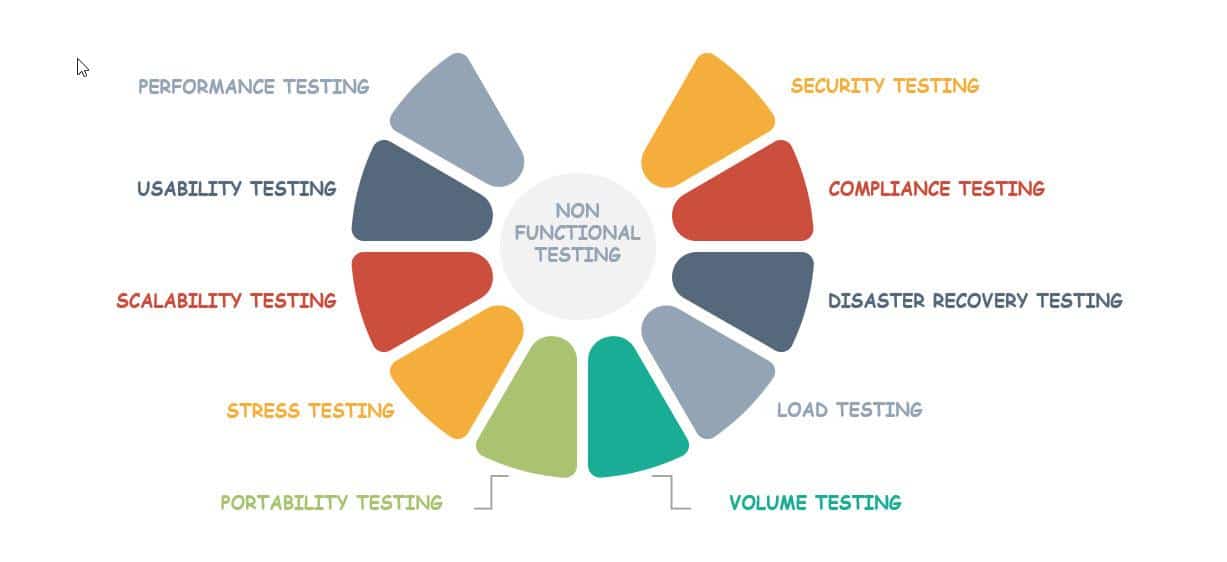
There are many types of Non-Functional testing, some of the key ones are explained below:
-
Performance testing: Performance testing aims to determine the performance of a system in terms of responsiveness and stability under a certain load. There are basically four types of Performance testing:
-
Load Testing: To evaluate the behavior of a system by increasing the workload.
-
Stress Testing: To evaluate the behavior of a system at or beyond the limits of its expected workload.
-
Endurance Testing: To evaluate the behavior of a system when a significant workload is provided continuously.
-
Spike Testing: To evaluate the behavior of a system when the load suddenly and substantially increases.
-
-
Usability Testing: Usability testing is a way to see how easy to use something is by testing it with real users.
-
Scalability Testing: In this, an application's performance is measured in terms of its ability to scale up or scale down the number of user requests or other such performance measure attributes.
-
Security Testing: The security test is defined as a type of Non-Functional testing that guarantees that software systems and applications are free of any risk or threat. The security testing aims to find all possible gaps and weaknesses of the system that could result in a loss of information or any other asset.
-
Recovery testing: The recovery testing is performed to check how fast and better the application can recover after it has suffered some kind of hardware failure, virus attack or any kind of system crash.
-
Reliability Testing: The reliability testing verifies whether the software can perform a faultless operation for a specific period of time in a specific environment.
-
Documentation Testing: The documentation testing is Non-Functional testing that involves testing the documented artifacts that are usually developed before or during the software testing. For example, Test Cases, Test Plans, etc.
Difference between Functional and Non Functional Testing:
Although Functional and Non-Functional both the testing approaches are critically important for the quality and performance of a software product, here we will point out some basic differences between them:
| Features | Functional Testing | Non-Functional Testing |
|---|---|---|
| Objective | Functional testing describes the behavior of the software system. | Non-Functional testing describes the performance or usability of the software system. |
| Focus Area | It is based on the requirements of the business or the client. | It depends on the expectations of the end-user. |
| What to test | Functional testing tests the functionality of the software and helps in describing what the system should do. | Non-Functional testing tests the performance of the software. It helps in describing how the system should work. |
| Execution | It is done before Non Functional tests. | It is done after the Functional tests. |
| Requirement | Defining functional requirements is not difficult in Functional Testing. | For Non-Functional testing, it is difficult to define the requirements. |
| Testing Types | ·Unit testing ·Smoke testing ·Integration Testing ·Regression testing ·User Acceptance Testing | ·Performance Testing ·Usability Testing ·Scalability testing ·Stress Testing ·Portability Testing ·Volume Testing ·Load Testing ·Disaster Recover Testing ·Compliance Testing ·Localization and Internationalization Testing |

